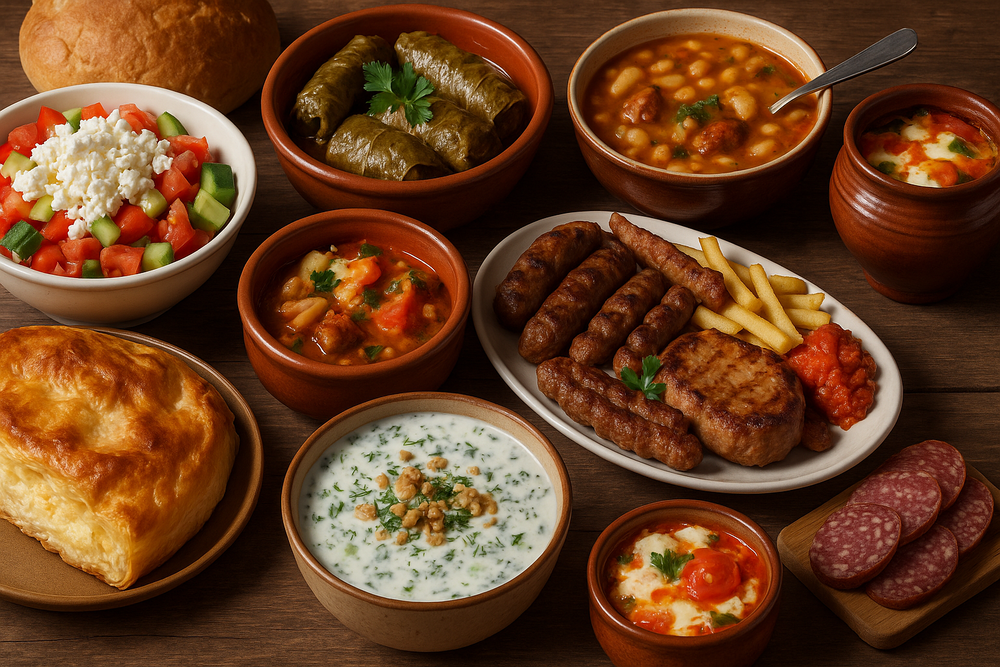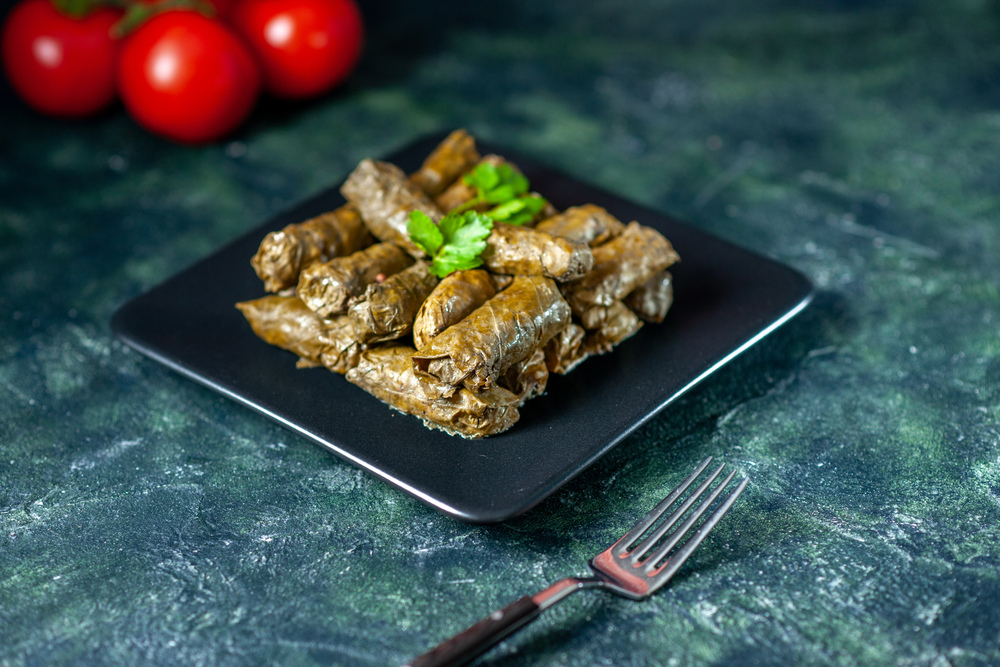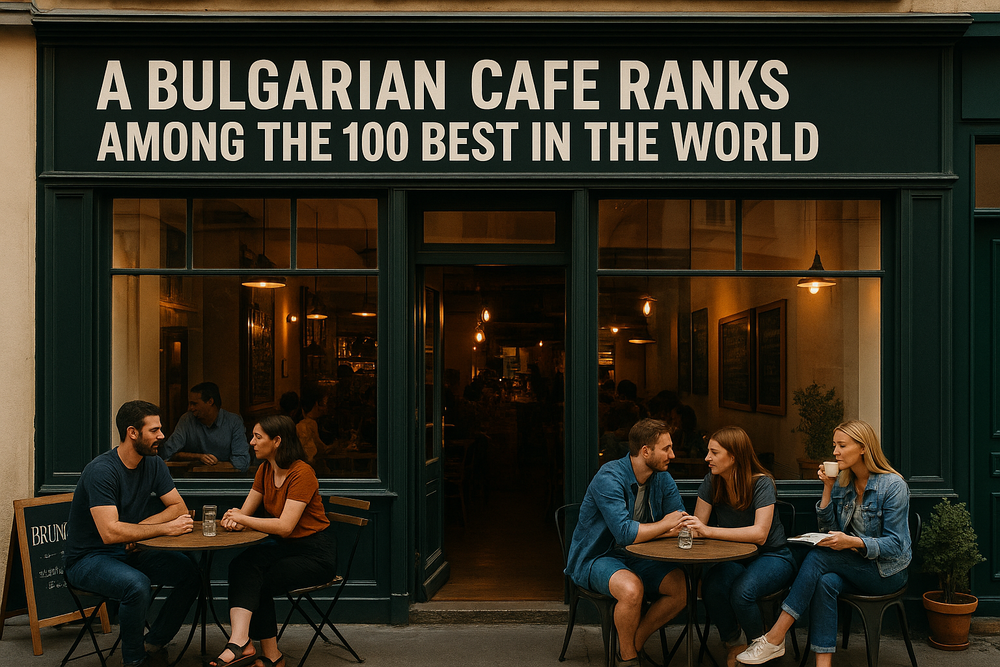
10 Must-Try Bulgarian Dishes: A Culinary Journey Through National Flavors
Bulgaria, nestled in the heart of the Balkans, boasts a rich culinary heritage shaped by centuries of tradition, regional diversity, and a blend of Thracian, Slavic, and Ottoman influences. From refreshing cold soups to hearty stews and flaky pastries, Bulgarian cuisine is a celebration of flavor, seasonality, and cultural pride. Here are ten must-try Bulgarian dishes that offer a true taste of the nation.
1. Shopska Salad (Шопска салата)
A symbol of Bulgarian identity, Shopska salad combines diced tomatoes, cucumbers, onions, peppers, and parsley, topped generously with grated white brined cheese (sirene). Originating from the Shopluk region, it’s a staple appetizer and reflects the national colors—red, green, and white. Served chilled, it’s best enjoyed with a glass of rakia (fruit brandy).
2. Banitsa (Баница)
A beloved pastry made by layering filo dough with a filling of whisked eggs and sirene cheese, banitsa is a classic breakfast dish. It’s often baked for special occasions, such as New Year’s Eve, when families hide lucky charms or fortunes inside. Its crisp texture and salty filling make it an enduring favorite.

3. Tarator (Таратор)
Perfect for hot summer days, tarator is a cold yogurt-based soup with cucumber, garlic, dill, and walnuts. Light yet flavorful, it showcases Bulgaria’s renowned dairy products and love for fermented foods. Tarator is also seen as a close cousin of tzatziki but with its own distinct liquid texture.
4. Kavarma (Кавърма)
A traditional meat stew—typically made with pork or chicken—kavarma is slow-cooked with onions, peppers, mushrooms, tomatoes, and savory spices. Each region has its own variation, but the dish is often baked in a clay pot (gyuveche) for maximum depth of flavor. Hearty and comforting, it’s ideal during the winter months.
5. Meshana Skara (Мешана скара)
Literally “mixed grill,” meshana skara features a generous plate of grilled meats like kebapche, kufte, pork steak, and skewers, usually served with fries, lyutenitsa (a red pepper spread), or fresh salad. It reflects the country’s strong grilling culture and love for social dining.
6. Sirene po Shopski (Сирене по шопски)
This baked dish combines white brined cheese, tomatoes, eggs, and peppers, all cooked in an earthenware pot. The result is a bubbling, cheesy delight often eaten with warm bread. It originated in the western regions and remains a cozy, home-style favorite.
7. Sarmi (Сарми)
Sarmi are stuffed cabbage or vine leaves, filled with rice, herbs, and sometimes minced meat. Eaten year-round but especially during Christmas fasting periods, this dish represents Bulgaria’s Orthodox traditions and respect for seasonal ingredients.

8. Bob Chorba (Боб чорба)
A humble bean soup made with white beans, vegetables, herbs, and sometimes chunks of sausage, bob chorba is a symbol of peasant cuisine. It’s particularly popular in monasteries, where the meatless version is a staple during Lent.
9. Lukanka (Луканка)
This semi-dried salami, spiced with cumin and black pepper, is unique to Bulgaria. It’s typically pressed into a flat shape during curing and sliced thinly for appetizers. With regional variants, lukanka reflects both artisanal skill and historical preservation techniques.
10. Mlechna Banitsa (Млечна баница)
A sweet twist on the classic banitsa, mlečna banitsa is soaked in a milk-egg mixture and baked until golden. Often enjoyed as a dessert or afternoon treat, it blends the crispness of pastry with custard-like softness.
Conclusion
Bulgarian cuisine is more than just food—it’s a journey into the soul of a nation that honors tradition, family, and nature’s bounty. Whether you’re sampling street food in Sofia or enjoying a home-cooked meal in the countryside, each dish tells a story of resilience, hospitality, and flavor.











